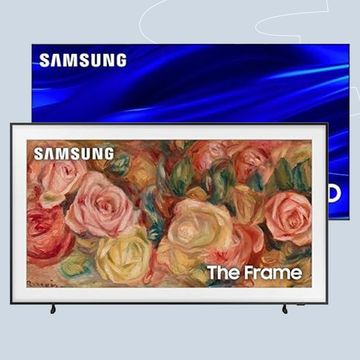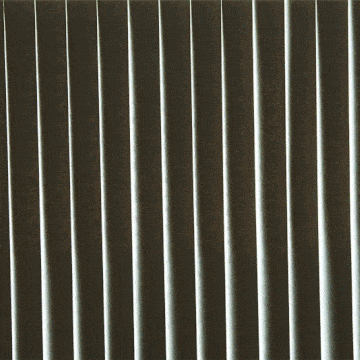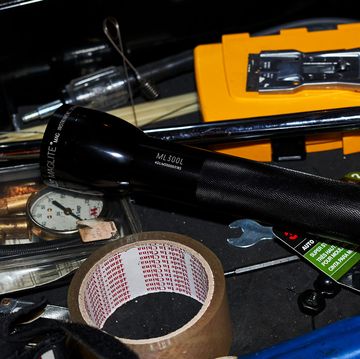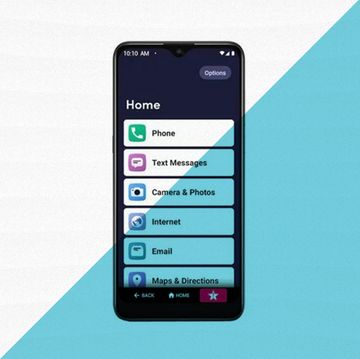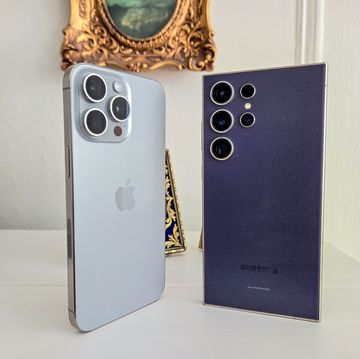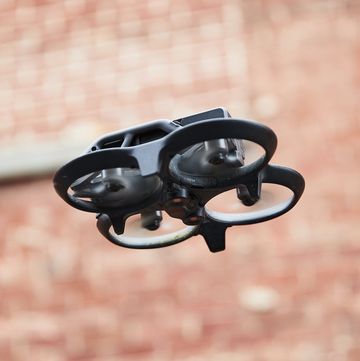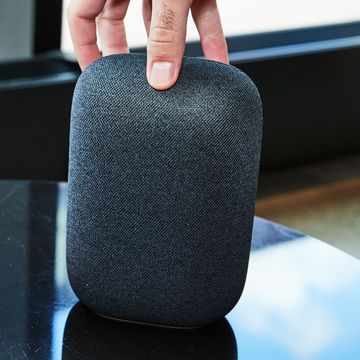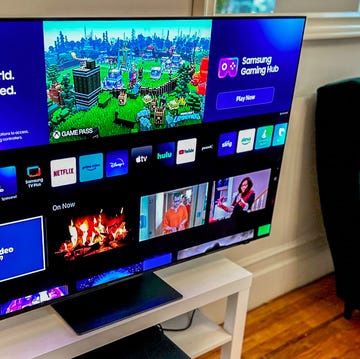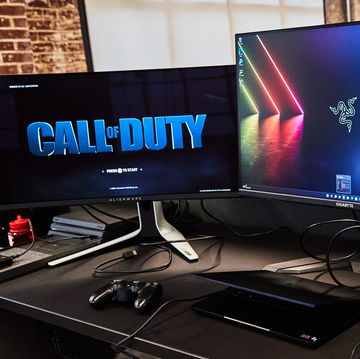This is an exploded view of the CubeSat-class 50-millimeter (2-inch) imaging instrument that technologist Jason Budinoff is manufacturing with 3-D-printed parts. (Image Credit: NASA Goddard/Jason Budinoff)
In its latest effort to bring 3D-printing to outer space, NASA is at work on a way to 3D-print entire cameras and telescopes. A 50-millimeter camera and 350-millimeter telescope now under development will be the first of their kind to be made almost entirely of 3D-printed parts.
NASA aerospace engineer Jason Budinoff says he'll be done with the camera by the end of next month, a mere three months after he began the project. Such speed is one of the benefits of 3D printing, he says, as is the manufacturing possibilities the technique opens up.
"These components are complex and very expensive to build. But with 3-D printing, we can reduce the overall number of parts and make them with nearly arbitrary geometries," he said in a statement released by NASA. The camera he's printing from powdered aluminum and titanium is just four pieces. A traditionally manufactured model would require five to ten times as many components.
Though the CubeSat-type camera will be fitted with regularly manufactured mirrors, Budinoff opes to experiment with 3D-printing aluminum mirrors in the future. Printing the mirrors as well won't be easy; because powdered aluminum is porous, the printed mirrors will have to be smoothed in a pressurized chamber to get rid of the porosity. But doing this would allow manufacturing to become even more streamlined, since many parts could be combined into single, printable pieces.
Budinoff's current projects are proofs of concept, with the idea that NASA will adopt some of the techniques after they see how they perform. "We will have mitigated the risk," Budinoff said in the NASA statement, "and when future program managers ask, 'Can we use this technology?' we can say, 'Yes, we already have qualified it.'"
In the meantime, the public can already make use of the 3D-printing technology NASA has qualified on a smaller scale: The agency recently released files for printing miniature replicas of satellites, asteroids, and extraterrestrial geographic features such as Gale Crater, where the Curiosity rover landed.

Rachel Z. Arndt is the author of the essay collection Beyond Measure. Her writing has appeared in Quartz, The Believer, Fast Company, and elsewhere. She lives in Chicago.



